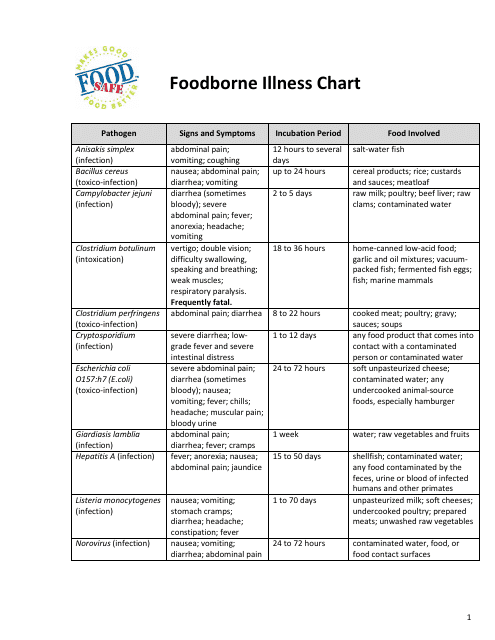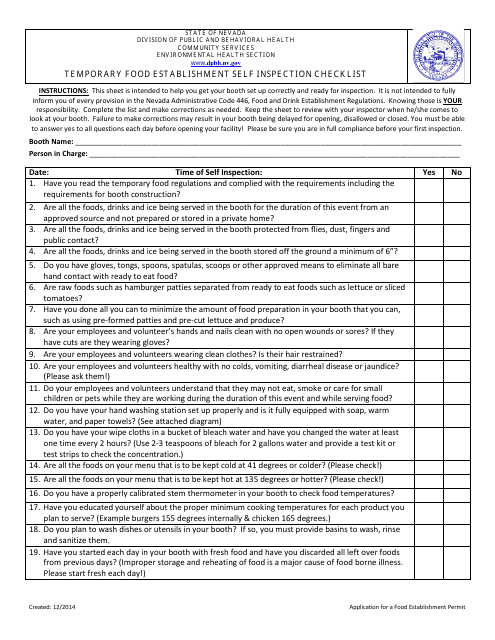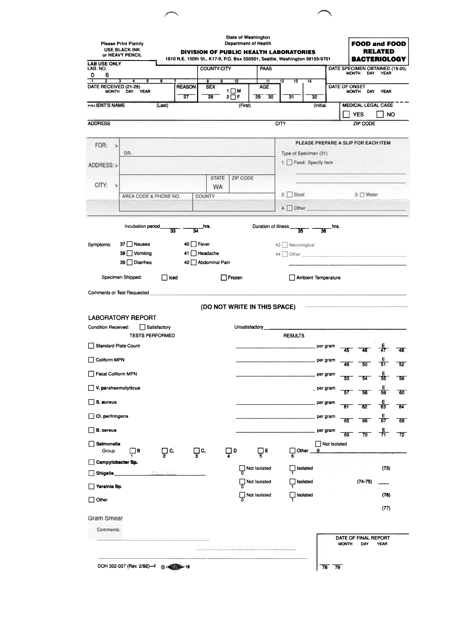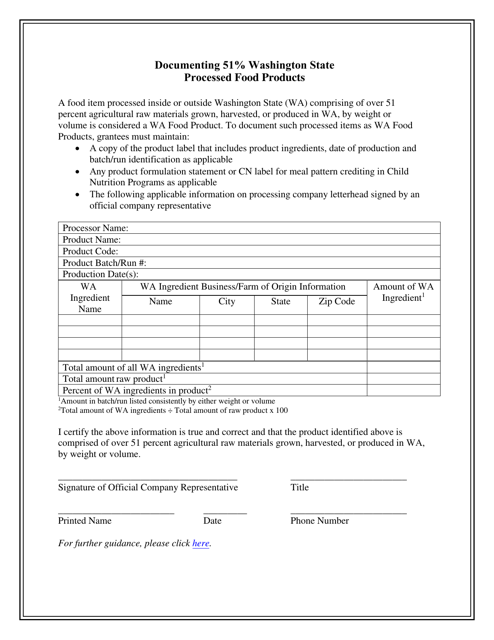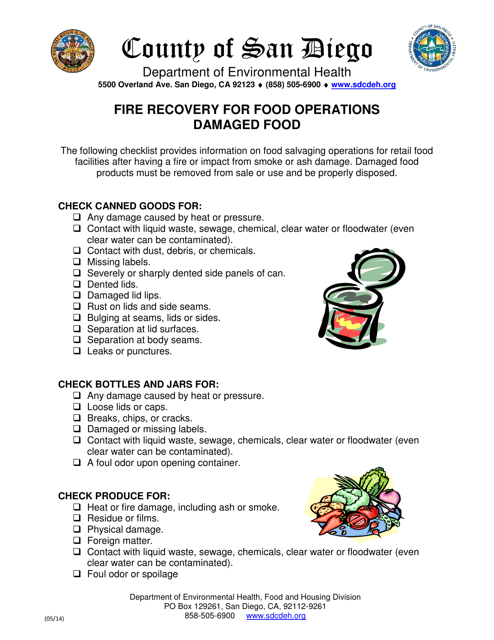Food Contamination Templates
When it comes to food safety, the issue of food contamination is of utmost importance. Ensuring that the food we consume is free from harmful substances or bacteria is crucial for our health and well-being. This collection of documents, also known as foodborne illness resources, provides essential information and guidelines for both consumers and food establishments.
Foodborne Illness Chart - Food Safe: This document serves as a comprehensive guide to different types of foodborne illnesses, their symptoms, and prevention methods. It educates individuals about the potential risks associated with contaminated food and helps them make informed decisions about safe food handling practices.
Temporary Food Establishment Self Inspection Checklist: This document is specifically designed for temporary food establishments, such as vendors at fairs or events. It outlines the necessary steps and requirements for ensuring food safety in such settings, including proper food storage, handling, and hygiene practices.
DOH Form 302-007 Food and Food Related Bacteriology: This form, created by the Department of Health in Washington, focuses on the bacteriological aspects of food contamination. It provides guidance on conducting tests, analyzing results, and implementing preventive measures to minimize the risk of bacterial contamination in food.
Documenting 51% Washington State Processed Food Products: This document caters to Washington state's specific regulations for processed food products. It outlines the criteria for a product to qualify as "processed" and provides guidelines for documenting and labeling such products to ensure their safety and compliance with state standards.
Fire Recovery for Food Operations - Damaged Food: In the unfortunate event of a fire incident, this document offers guidance on handling and disposing of food that may have been compromised or damaged. It provides necessary precautions to prevent further contamination and emphasizes the importance of food safety even in emergencies.
These food contamination resources play a vital role in promoting safe food practices and preventing health risks associated with contaminated food. By staying informed and implementing the guidelines outlined in these documents, consumers and food establishments can collectively contribute to a healthier and safer food environment.
Documents:
5
This document provides a chart that outlines common foodborne illnesses and ways to ensure food safety.
This document is a checklist for temporary food establishments in Nevada to perform self-inspections. It helps ensure compliance with health and safety regulations.
This Form is used for reporting food and food-related bacteriology testing results in the state of Washington.
This document is for documenting processed food products that are made in Washington State and make up at least 51% of the product.
This document provides guidelines for food operations in San Diego County, California, on how to recover from fire damage and handle damaged food safely.

